Tips for Preparing the Thanksgiving Turkey
Preparing a Thanksgiving turkey can be a rewarding and delicious experience. Whether you’re a seasoned chef or a novice in the kitchen, these tips will help you elevate your turkey game and create a memorable Thanksgiving feast. From defrosting to seasoning and cooking techniques, these essential tips ensure a juicy and flavorful turkey that will make everyone super happy this Turkey season.
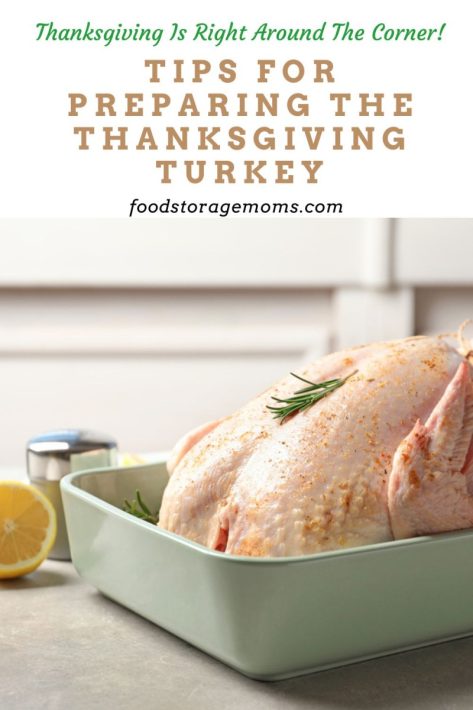
When should I start preparing my turkey for Thanksgiving?
There is no right or wrong way of preparing the Thanksgiving turkey. However, you should follow a timeline for WHEN to start! Most turkeys are frozen, so you can’t just take them out of the freezer on the same day. Here are some of my favorite tips for preparing a turkey that everyone will love eating this Thanksgiving!
1. Defrosting Turkey
Before you start preparing your turkey, make sure it is fully defrosted. Defrosting time varies depending on the size of the bird. The best way to thaw a frozen turkey so it’s ready for Thanksgiving dinner is to transfer it from the freezer to the refrigerator one to three days before cooking. This slow and safe method in the fridge allows the turkey to defrost evenly without compromising its texture. How To Cook A Turkey
Some people use their sinks when thawing. If you decide to thaw the bird in the sink, it must be in a robust, leak-proof bag. Put the wrapped turkey in cold tap water and change the water often, like every 30 minutes, until thawed. It would be best to cook the turkey immediately after removing it from the sink.
2. Seasoning Inside and Out
You’ll want to season your turkey generously inside and out to give it lots of flavor. You can create a simple rub using salt, sugar, and favorite seasonings like pepper and fresh herbs. Rub this mixture all over the turkey, ensuring every nook and cranny is coated. This step not only enhances the taste but also helps to tenderize and moisten the meat. You will want to season your bird because if you don’t, it will be bland, and no one will eat it. The Best Herbs To Grow In Mason Jars
3. Stuffing or No Stuffing?
Do you stuff the Thanksgiving turkey or not?! The decision to stuff your turkey is a personal one. If you choose to stuff it, prepare the stuffing separately and stuff it into the cavity just before roasting. However, stuffing the turkey increases cooking time and the risk of unevenly cooked meat. You can cook the stuffing in a separate dish to ensure the turkey and stuffing are perfectly cooked. I like to make my recipe: The Best Thanksgiving Stuffing.
Some cooks like to use the giblets as part of the stuffing or for gravy. Again, that could add some cooking time, but if you like the unique flavor of the giblet meat, it may be something you should consider trying.
You can also be creative and use a variety of fruits and veggies in the stuffing. Celery, carrots, and various types of apples are popular.
4. Utilize Aromatics
Elevate the flavors of your turkey by adding aromatics to the cavity. Stuff the turkey with herbs like rosemary, sage, thyme, and parsley, aromatic vegetables such as onion and garlic, and citrus fruits like lemon. These ingredients will infuse the meat with flavors and aromas as it cooks.
5. Use a Roasting Rack
Use a roasting rack inside a roasting pan when cooking your turkey so it cooks evenly with a crispy skin. Elevating the turkey on a rack allows hot air to circulate evenly around the bird, promoting even browning and preventing it from becoming soggy. You aim to have crispy skin and moist meat, and the roasting rack process achieves both.
If your family prefers the turkey to be less crispy, you can cover it with aluminum foil. The longer the bird is covered with the foil, the less crisp the skin will be.
If you aren’t cooking the whole turkey and have purchased a boneless turkey roast, using a turkey roasting rack or cooking it in a roasting pan in the oven will work. The roast will tend to cook faster, so be sure to use a cooking thermometer to prevent overcooking. Note that most commercially packaged turkey roasts include white and dark meat. Both meat types are delicious and have very similar protein content.
6. Basting for Moisture
Baste your turkey regularly to ensure it remains moist throughout the cooking process. Every 30-45 minutes, use a basting brush or spoon to drizzle pan drippings or a basting liquid over the bird. Some people prefer to bast their turkey with butter and olive oil. This technique not only adds moisture but also enhances the flavor profile of the turkey. The Top Survival Kitchen Cooking Essentials
7. Monitor Internal Temperature
Cooking the turkey to the proper temperature is crucial for food safety from bacteria and optimal taste. Invest in a reliable meat thermometer and insert it into the thickest part of the thigh without touching the bone. The turkey is ready when the internal temperature reaches (165°F) = (74°C). This ensures that it is fully cooked while maintaining its juiciness. How to check for a turkey’s doneness.
8. Let It Rest
Once your turkey reaches the desired temperature, please resist the temptation to carve it immediately. Allow the turkey to rest for at least 20-30 minutes before carving. This resting period allows the juices to redistribute, resulting in more flavorful and tender meat.
9. Carving Technique
Use a sharp carving knife and a carving fork to slice your turkey precisely. Start by removing the legs and wings, then proceed to carve the turkey breast meat. Slice against the grain to achieve tender slices, and remember to take your time to ensure a beautiful presentation (of course, it doesn’t have to be perfect). How to Properly Carve a Turkey
10. Enjoy the Leftovers
Thanksgiving leftovers are a cherished tradition. After the feast, embrace the opportunity to repurpose the remaining turkey into delicious sandwiches, soups, stews, casserole dishes, or salads. Get creative with your recipes to savor the flavors of Thanksgiving for days to come. This is one of the most essential tips for preparing the Thanksgiving turkey! Food Storage Tips for Your Groceries and Leftovers
Turkey Fully Cooked
The key is to get the turkey fully cooked and ready to serve when it reaches and maintains a temperature of (165°F) = (73°C) degrees. The best way to test the turkey’s temperature is to insert a cooking thermometer into the thickest part of the thigh or breast of the bird. This will allow you to get the most accurate reading.
Below are some cooking times based on weight and whether you are also cooking your stuffing “in the bird,” which the USDA frowns upon. Note that the time to cook is adjusted upward based on the pound of turkey to be cooked.
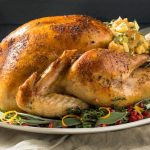
-
4 to 8 lbs = 1.5 to 3.25 hours
-
6 to 8 lbs. = 2.5 to 3.5 hours
-
8 to 12 lbs. = 2.75 to 3 hours
-
8 to 12 lbs. = 3 to 3.5 hours
-
12 to 14 lbs. = 3 to 3.75 hours
-
12 to 14 lbs. = 3.5 to 4 hours
-
14 to 18 lbs. = 3.75 to 4.25 hours
-
14 to 18 lbs. = 4 to 4.25 hours
-
18 to 20 lbs. = 4.25 to 4.5 hours
-
18 to 20 lbs. = 4.25 to 4.75 hours
-
20 to 24 lbs. = 4.5 to 5 hours
-
20 to 24 lbs. = 4.75 to 5.25 hours
What does it mean to “brine” a turkey?
The most common approach to brine a turkey is to soak it in water mixed with salt for many hours before it’s cooked. The idea is to take advantage of the meat, absorbing some water during the process and making the meat more moist overall. The salt in the water prompts the muscle proteins in the meat to contract less, so it may seem the turkey hasn’t shrunk as much during the cooking process. From my reading, most avid turkey chefs prefer to cook the turkey without the brining step to maintain the meat’s natural flavors.
More Thanksgiving Recipes to Check Out
- 3-Ingredient Fresh Cranberry Sauce
- Our Favorite Thanksgiving Leftover Turkey Ideas
- Easy Thanksgiving Recipes + Gravy
- No-Fail Soft Dinner Rolls
Final Word
Preparing a Thanksgiving turkey doesn’t have to be intimidating. These tips will help you make a moist, flavorful, perfectly cooked turkey to impress your guests. Remember to plan, take your time, and enjoy the process. I have a feeling that with these tips, you’re going to be able to create a Thanksgiving centerpiece that will make everyone super happy this Thanksgiving, and they’ll go home commenting that you used the best Thanksgiving turkey recipe ever! Oh, and don’t forget to make delicious Pumpkin Cookies with this turkey! May God Bless this World, Linda
Copyright Images: Turkey Raw and Ready To Bake Depositphotos_267835526_S, Turkey Roasted On Platter Depositphotos_221005894_S

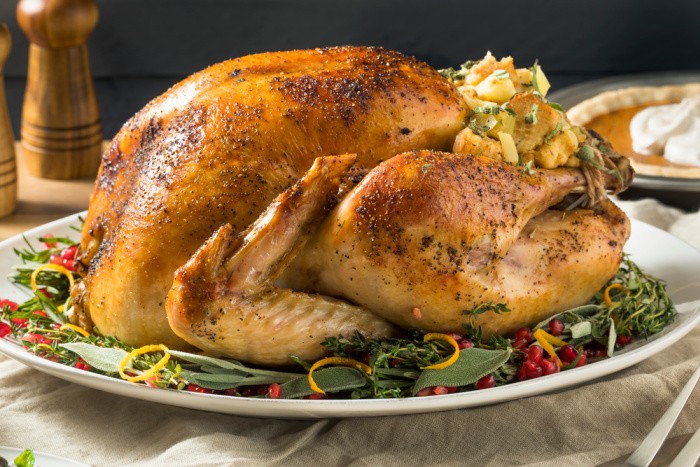

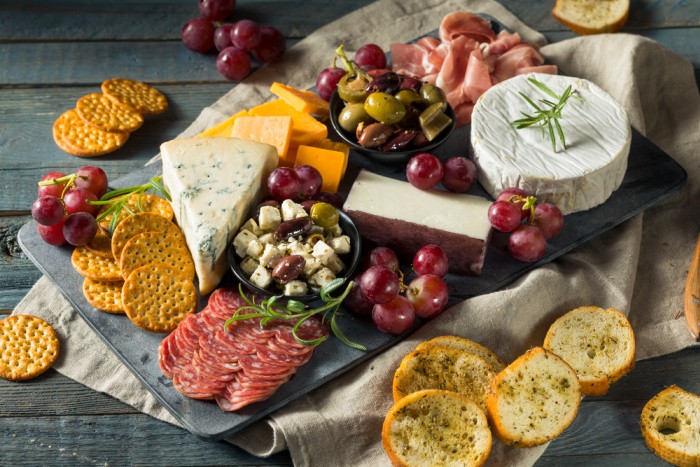
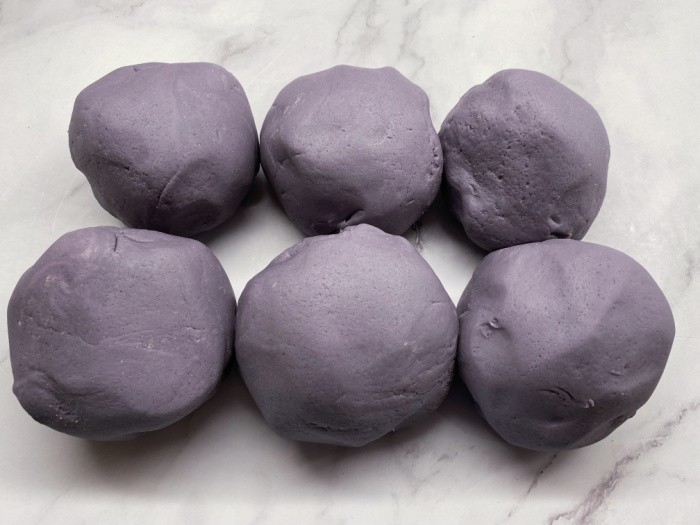
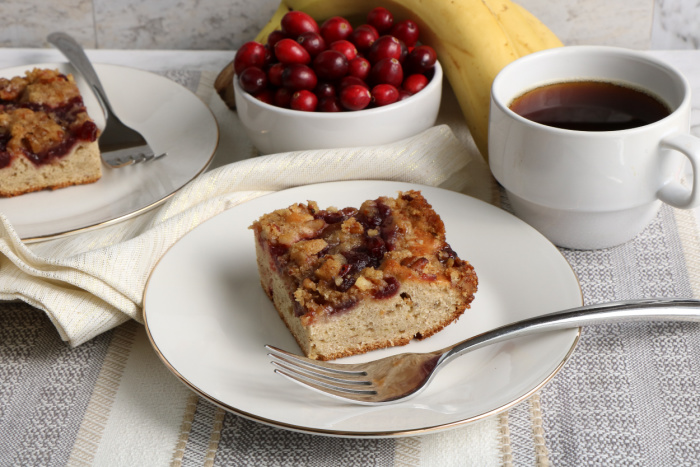
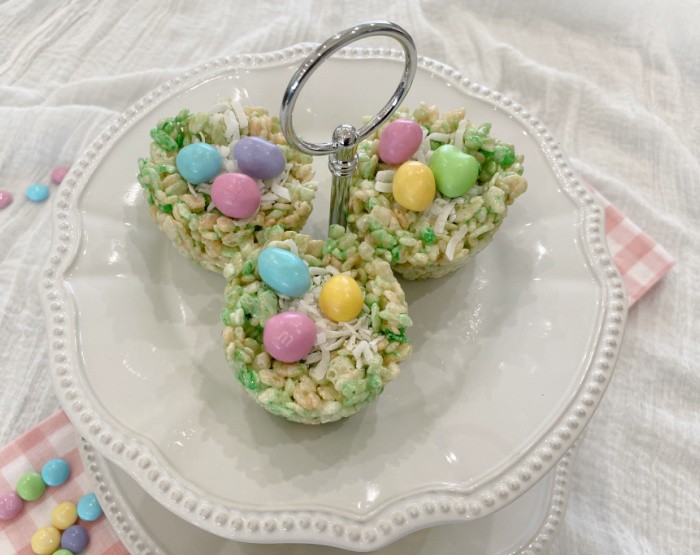
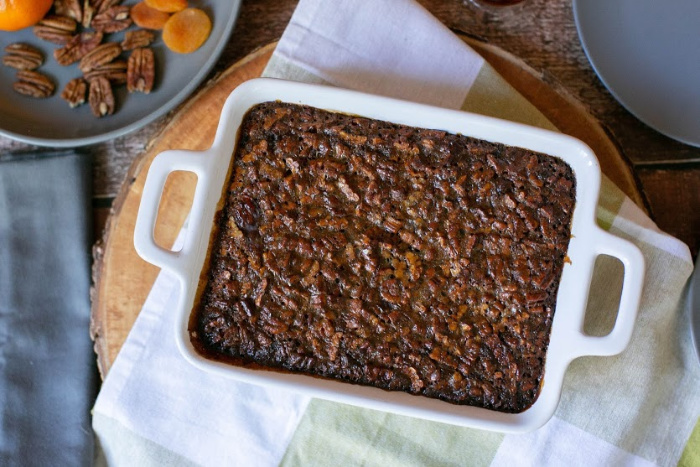
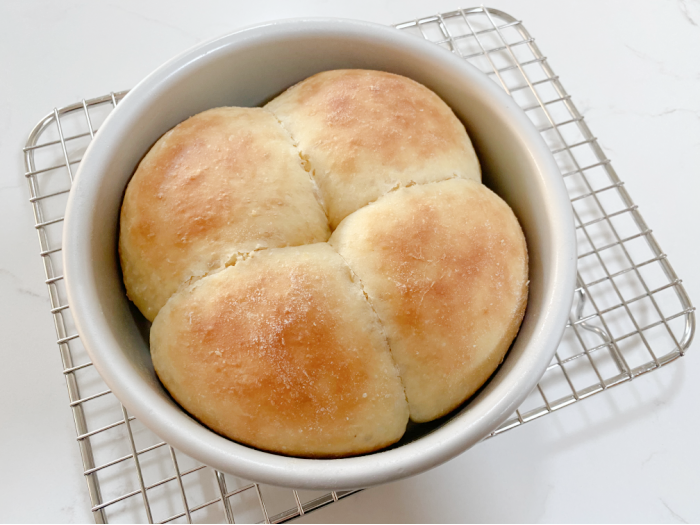
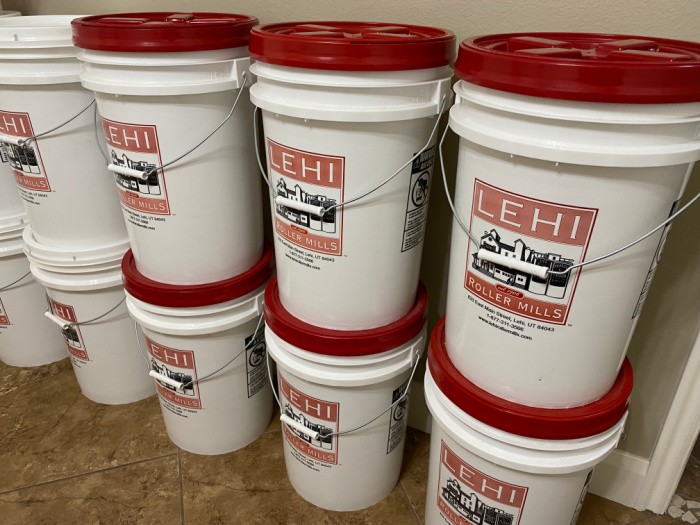
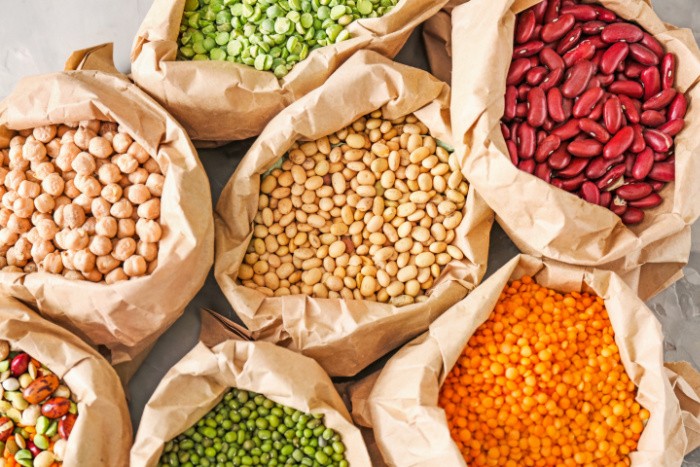

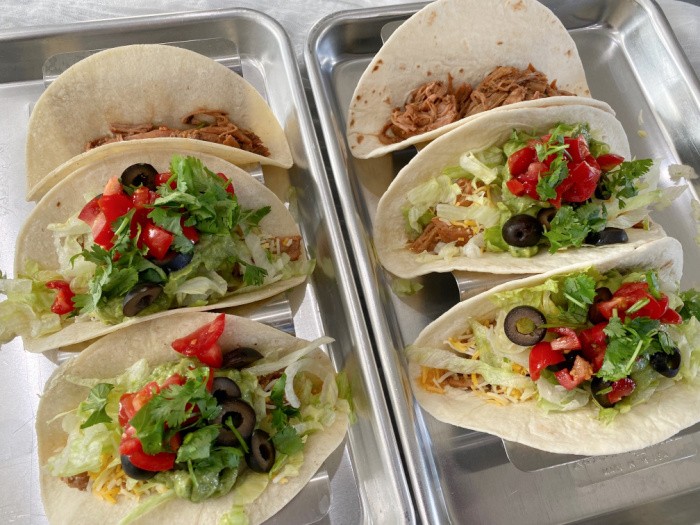

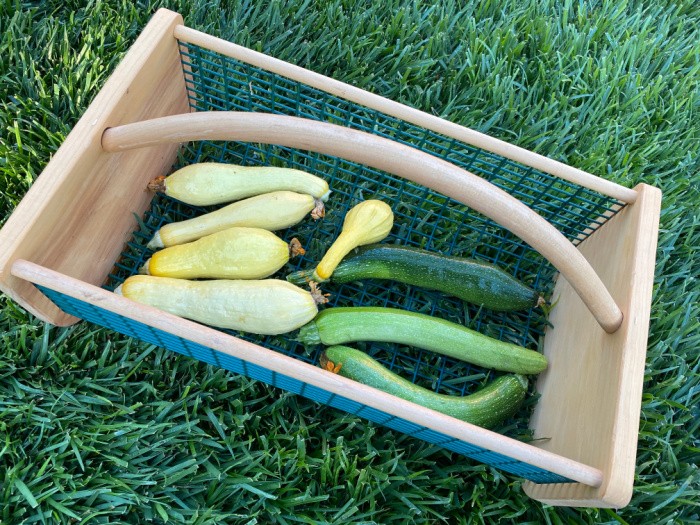
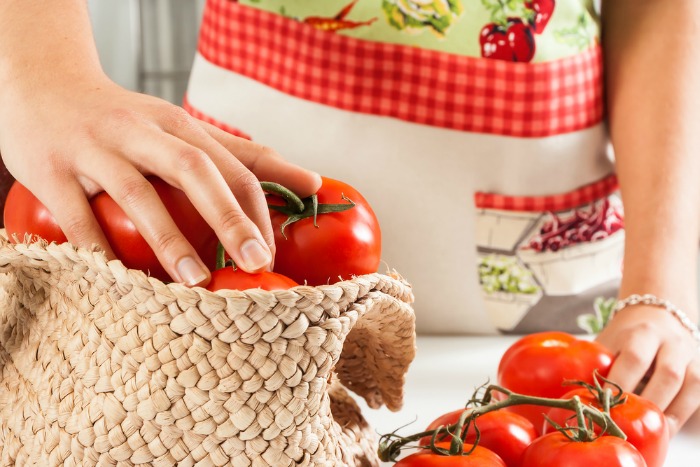
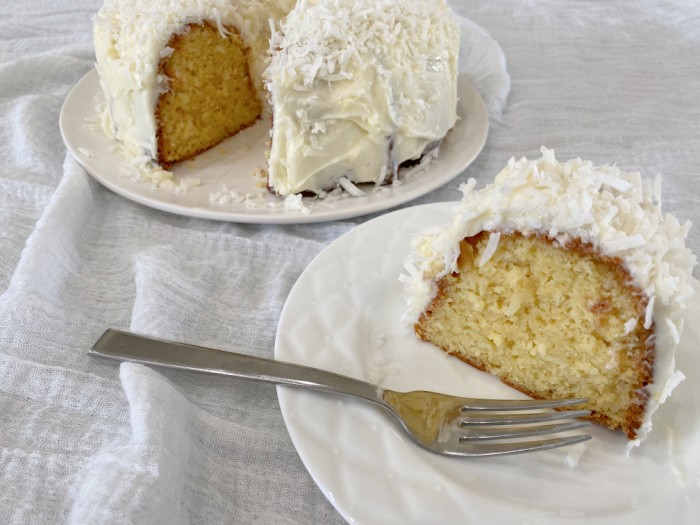
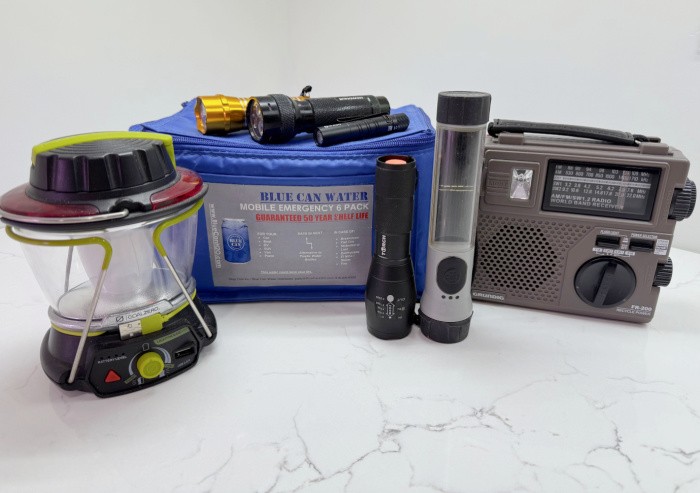
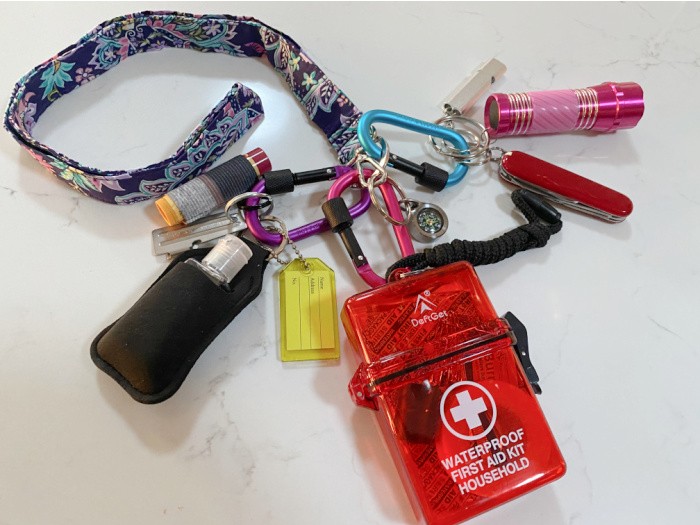



This is always a good reminder!! Since I am single and live alone, I don’t roast a turkey ever!! When I was married, I roasted several turkeys throughout the year. Turkeys were quite inexpensive, and I could get so many meals out of one bird. Perhaps that is why my daughter doesn’t really care for turkey!!
Once I discovered separating the skin over the breast and seasoning there, it was a game changer! I mix softened butter and herbs (sage, rosemary, thyme) and rub the mixture under the skin. This herb butter gives such a great flavor to the breast meat as well as keeps the meat moist!
Hi Leanne, thank you for the 5 stars, my sweet friend! The turkeys, we used to be able to get them on sale and stretch one turkey into several meals. That brings back memories of deboning all those turkeys!! I love your idea of separating the skin over the breast and seasoning it there! I’m going to do that this year! Good one! Linda